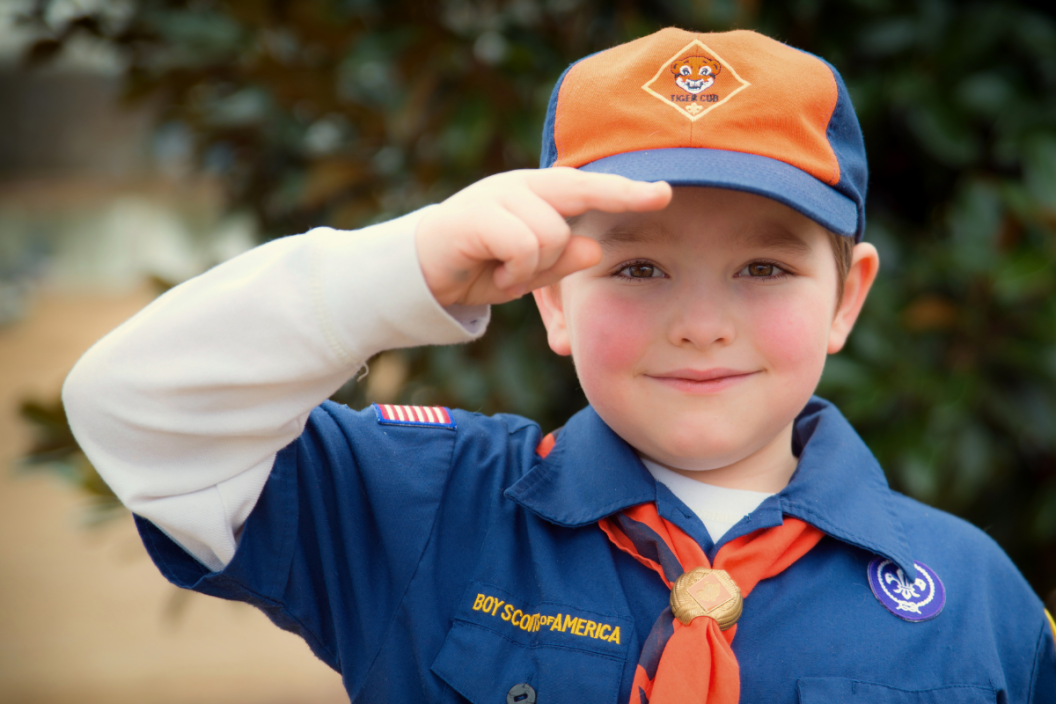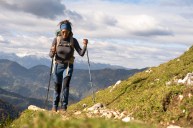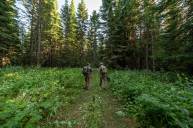While a lot of people think the Boy Scouts of America is just about high adventure, summer camp, and getting blisters, this couldn't be further from the truth. Instilling every aspect of the outdoor code is central to the BSA's mission. From safety procedures, to proper preparation for camping trips, dedicated scouts have their work cut out for them.
While scouts have the opportunity to earn up to 135 badges, there are 21 that are required to achieve the rank of Eagle Scout. Of these 21, the camping merit badge is easily the most useful to get. Since scouts go on so many overnight campouts, it's also typically one of the first they earn.
The Boy Scouts of America revises its merit badge pamphlets and Scout Handbooks regularly. Just so, it's always best to check with an official merit badge counselor when attempting to earn any badge. Authorities like these and Scoutmasters can help members plan using both worksheets and written plans.
Below is a quick look at all the outdoor essentials a scout must learn and demonstrate to earn their Camping Merit Badge. Since it isn't a comprehensive guide, be sure to visit the BSA website at scouting.org for more information.
Camping Merit Badge Requirements
https://www.instagram.com/p/CM0e8RMMSoG/
There are ten main Camping Merit Badge requirements, most of which are broken up into smaller parts. Although the steps are ordered one to ten, there's no rule saying they have to be completed in a specific order. What follows should give you the gist of each step.
1. Like a lot of steps for the badge, this one requires that scouts showcase a range of knowledge. Here we're dealing with camping hazards. For instance, a scout might have to use a first-aid kit to demonstrate how to treat insect stings, snakebites, frostbite, hyperventilation, and more.
https://www.instagram.com/p/B_V05ERpfes/
2. Scouts must learn and explain the Outdoor Code and Leave No Trace principle. Additionally, they have to come up with a couple of written plans that use this knowledge during an actual camping experience.
3. This step requires a scout to use a topographical map to get to a camping spot. They can do this using a compass, a GPS receiver, or even a GPS app on a smartphone.
https://www.instagram.com/p/B9mir0AgIEu/
RELATED: Map Shows the Perfect U.S. Road Trip, According to Science
4. A duty roster is a good way to keep wild scout patrols in line, so serious members with Eagle Scout ambitions have to show they can handle making one on their own. They also have to help a local scout patrol get ready for an actual camp out using things like a roster and a list of equipment needs.
5. The scout in question must explain what "layering" is when it comes to packing appropriate clothing for a camping trip. At some point before an actual overnight campout, the scout will also have to present a properly packed bag for their Scoutmaster's approval.
https://www.instagram.com/p/B7ZYQqxJ_yw/
6. Since camping equipment is key to successful campouts, scouts have to demonstrate their knowledge of several types of tents, sleeping bags, and other essential pieces. The scout will also have to prove they can pitch their own tent with help from another member.
7. Being that the scout motto is "Always be prepared," it's no surprise that this step has to do with even more preparation. In addition to writing a list of patrol gear, the scout must show the best way to get ready for a backpacking trip, including finer points like pack neatness.
8. One of the meatier items on the list, this step requires the scout to demonstrate their knowledge of safety procedures where cooking equipment is concerned. Points they will cover include the proper storage of extra fuel and how to use a propane stove.
https://www.instagram.com/p/CB_4NycHqlN/
9. In addition to camping a total of 20 nonconsecutive nights, the scout has to undertake a long-term camping experience. During these trips, they have to do things like rappel or take a bike trip, all while under qualified supervision.
10. Finally, the scout must critically connect all of these feats to the Scout Oath in a serious discussion with their Scoutmasters, Merit Badge Counselor, or some other individual designated by the BSA to bestow Camping Merit Badges.
Have you earned your Camping Merit Badge? Share your tips and tricks on our Wide Open Roads Facebook!




